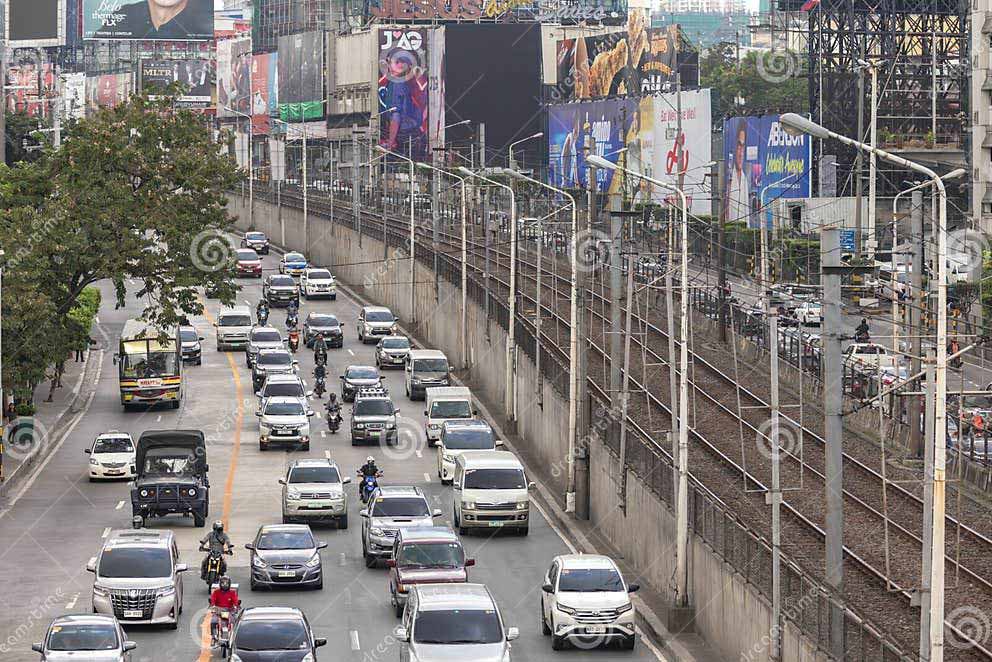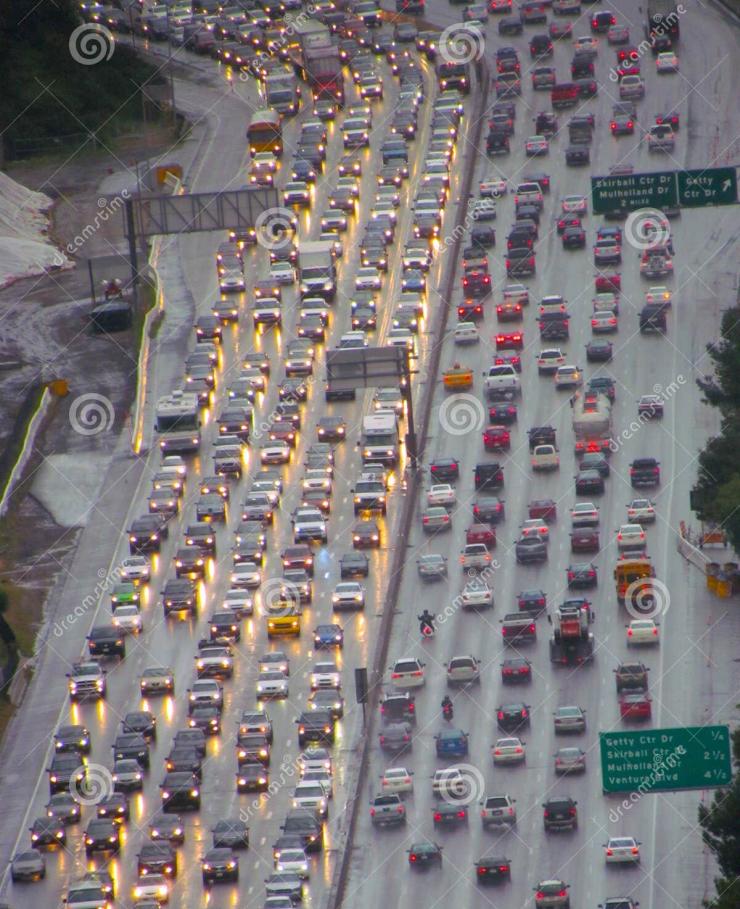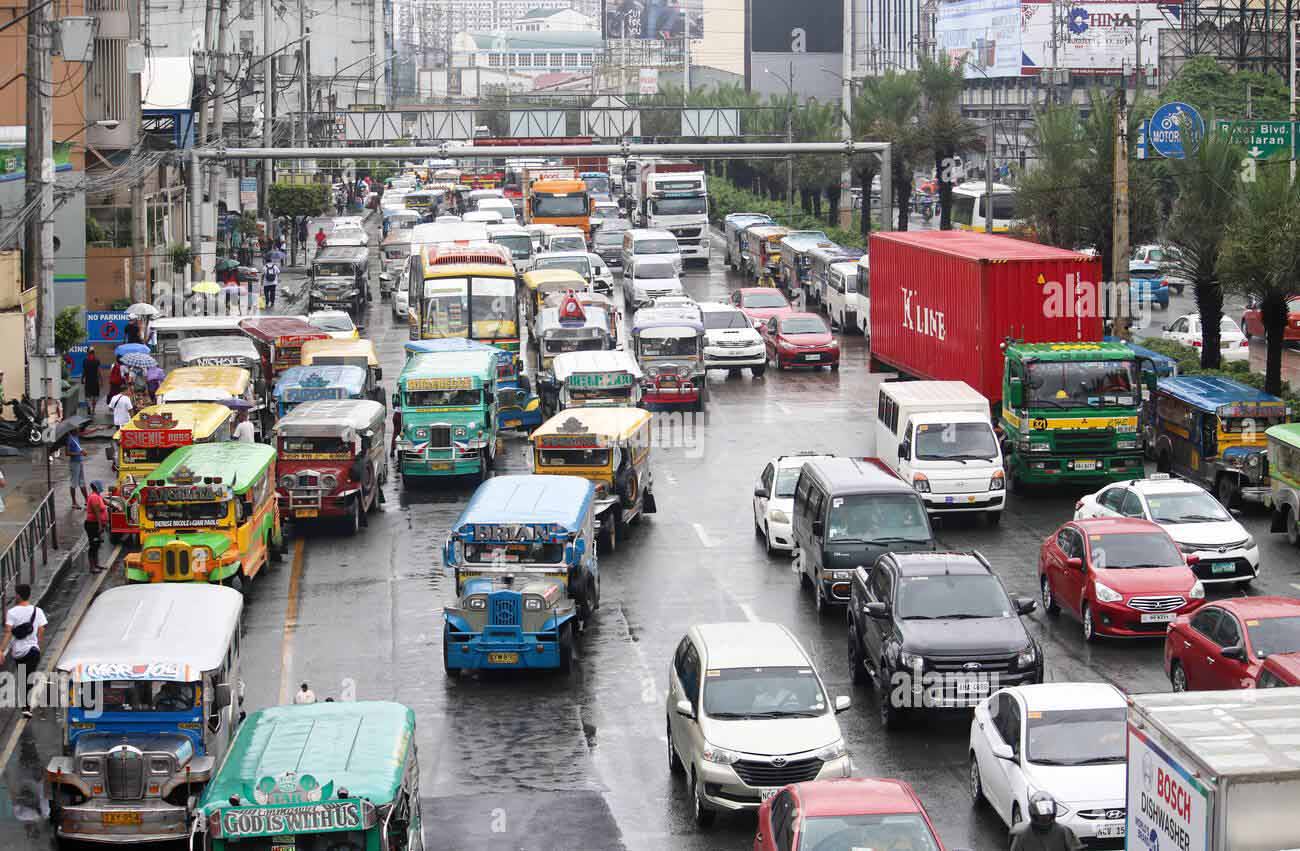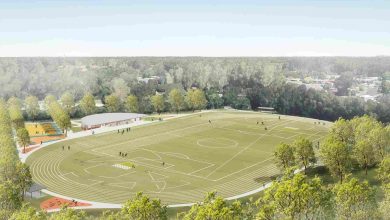Global Gridlock: What the World’s Worst Traffic Cities Teach Us
By Alex Karki, BEng (Hons), MEng(Res) UNSW, MAITPM, MIEA – Principal Traffic & Parking Engineer, Sydney Traffic Engineers
How the Worst Traffic is Disrupting Urban Life

Every city has its rhythm. Some pulse with energy, others meander through the day at a slower pace. But in far too many places—especially those growing rapidly—that rhythm is drowned out by the roar of engines, the grumble of buses stuck in traffic, and the frustration of yet another red light.
Gridlock has become so common that it’s often accepted as part of urban life. But behind the daily chaos lies a deeper question: what can the world’s most congested cities teach us about building better ones?
Let’s start with Manila, the capital of the Philippines. If you’ve ever driven down EDSA, the city’s main thoroughfare, you’ll know the meaning of the word “crawl.” A short trip can take hours during peak times—Jeepneys, buses, motorcycles, private cars, and pedestrians all compete for space. The infrastructure hasn’t kept up with the growing population. Public transport options are limited, and many people have no choice but to rely on cars. A study once estimated that traffic congestion in Metro Manila costs the economy over ₱3.5 billion (roughly AUD 90 million) every single day.

Over in Mumbai, India’s financial capital, the story feels familiar but with its twist. The city is packed—people, vehicles, everything. Rickshaws, taxis, motorbikes, and buses jostle for position on roads that were never designed for this level of volume. Trains carry millions each day, and yet roads remain clogged. The issue here isn’t just poor infrastructure—it’s density. Mumbai doesn’t have the physical space to stretch out. When every inch of road is already taken, adding lanes isn’t an option.
Then there’s Los Angeles, often called the car capital of the world. It has some of the widest freeways anywhere—ten lanes across in places—but still, traffic barely moves during rush hour. This is a classic example of what urban planners call “induced demand.” Build more roads, and people will keep using them until they’re full again. LA’s dependence on private cars dates back to the post-war suburban boom when public transit was sidelined in favour of highways and car ownership. Now, reversing that culture is proving difficult.

In Lagos, Nigeria, traffic jams aren’t just common—they’re daily certainties. With a population that’s exploded over the last two decades, Lagos is struggling to keep up. Road networks are outdated, and traffic laws are inconsistently enforced. When it rains, major intersections turn into ponds. Without reliable public transportation, informal systems—such as shared minivans and motorbike taxis—have filled the gap. They help, but they also add to the chaos. Lagos is a vivid example of what happens when infrastructure planning can’t keep pace with urban growth.
Despite differences in culture, geography, and income levels, these cities share a common issue: they were built, or have evolved, around the private car. The result? Gridlock. But they also offer clues about what not to do—and, in some cases, what’s starting to work.
Let’s flip the lens and look at cities that have tried something different.
Take Singapore. It stands out in Southeast Asia for its practical approach to tackling traffic congestion. The city has a strict cap on car ownership—you can’t even buy a car unless you’ve purchased a certificate of entitlement, which can cost more than the vehicle itself. It also features an advanced congestion pricing system, which adjusts toll rates according to the time of day and traffic levels. But here’s the key: these rules work because public transport is excellent. Trains and buses are clean, fast, and reliable modes of transportation. When people have a good alternative, they’re more likely to leave the car at home.
London introduced a congestion charge in 2003. At first, it was controversial. But traffic volume in the city centre dropped, and revenue from the charge was reinvested into improving bus services and cycling infrastructure. The success of London’s model led other cities, such as Stockholm, Milan, and New York City, to implement or trial similar schemes.

In Tokyo, residents must prove they have a parking space before they can buy a car. This simple rule discourages casual car ownership in one of the world’s most densely populated urban areas. However, it only works because Tokyo has arguably the most efficient and punctual public transportation network in the world. Trains arrive every few minutes. Stations are clean, safe, and interconnected. People of all ages and income levels use them. Driving just isn’t necessary for most daily tasks.
And then there’s Barcelona, which has embraced a bold idea known as the “superblock.” Within these small zones, traffic is blocked, and streets are redesigned for walking biking, and community life. Cars can still enter for deliveries or emergencies, but the priority shifts from movement to livability. Noise drops. The air gets cleaner. Kids play in the streets. It’s a radical rethinking of how streets are used—and it’s catching on.

What’s important to understand is that these cities didn’t solve traffic with a single solution. They combined multiple strategies:
- Discouraging unnecessary car use through pricing, regulation, and design.
- Investing heavily in public transport so that it’s not a last resort but a first choice.
- Reclaiming space for walking, cycling, and gathering—not just for movement.
- Integrating land use with transport—so people live closer to work, school, and amenities.
They also shifted their mindset. Instead of treating traffic as a purely technical problem, they saw it as a social and design issue. It’s about more than roads—it’s about how people live, move, and connect.
Of course, there’s no magic formula. Even cities that are making progress face challenges. London still has congestion. Singapore still battles peak-hour crowding. And in many places, public resistance slows change. People get attached to their routines—and giving up the car can feel like losing freedom.

But gradually, mindsets are shifting. Younger generations, in particular, are less car-focused. They value walkability, convenience, and sustainability. As cities continue to grow, especially in developing regions, the need to plan differently becomes urgent. We can’t keep adding cars to already-overloaded streets and expect different results.
Australia, too, has lessons to learn. Cities like Sydney and Melbourne face growing congestion as outer suburbs expand. While public transport is improving, there’s still a heavy reliance on cars—especially in areas where trains or buses are infrequent. Encouraging more compact development, improving connections, and investing in active transport can help.
Ultimately, the global traffic problem isn’t just about movement—it’s about quality of life. Time spent in traffic is time lost with family, friends, and ourselves. It’s stress. It’s pollution. It’s missed opportunities.
By learning from cities that are rethinking mobility—and by listening to those stuck in systems that no longer work—we can start to chart a better path forward.
Because the goal isn’t just to move faster; it’s to build cities that move better.










